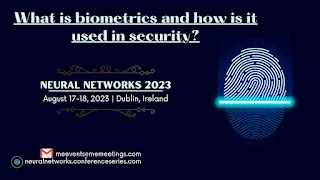Why is web-based learning important?

It encourages independent learning and allows you to skip over subjects you've already mastered. Web-based learning is self-directed and facilitates individualized learning. It promotes self-awareness and self-confidence while encouraging pupils to take charge of their own learning. Web-based learning is a method of learning that incorporates web-based technology or applications into the learning process. Web-based learning refers to learning materials given via a web browser, including content packed on CD-ROM or other media. Web-based education refers to all aspects and processes of education that make use of the World Wide Web as a communication medium and supporting technology. Web-based learning includes online education, virtual education, internet-based education, education through computer-mediated communication, tele learning, distance learning, cooperation, and so on. Web-based learning can be formal or casual. Teachers plan formal web-based learning activities. Informa...


